Loukia Batsi
In the free online course (Re)Imagining Port Cities: Understanding Space, Society and Culture, which ran between May 26 and July 7, 2021, learners made a portfolio addressing the spaces, stakeholders, transitions, values, and challenges of a port city territory they chose. We challenged the learners to reflect on their learning in a portfolio and invited them to present their findings in a blog. Over the coming months, we will be posting some of the results.
Since the Middle Ages, Brussels port has been a major crossroads for trade. The land surrounding the canal, shaped by a long history of industry, working-classes and immigration, became increasingly important as the city modernized and urbanized. Located in the lower part of the city, the port has been spatially linked to working class areas and a growing number of migrants. These areas are literally overlooked by the upper class, established on the high areas of the city: big businesses and European districts.
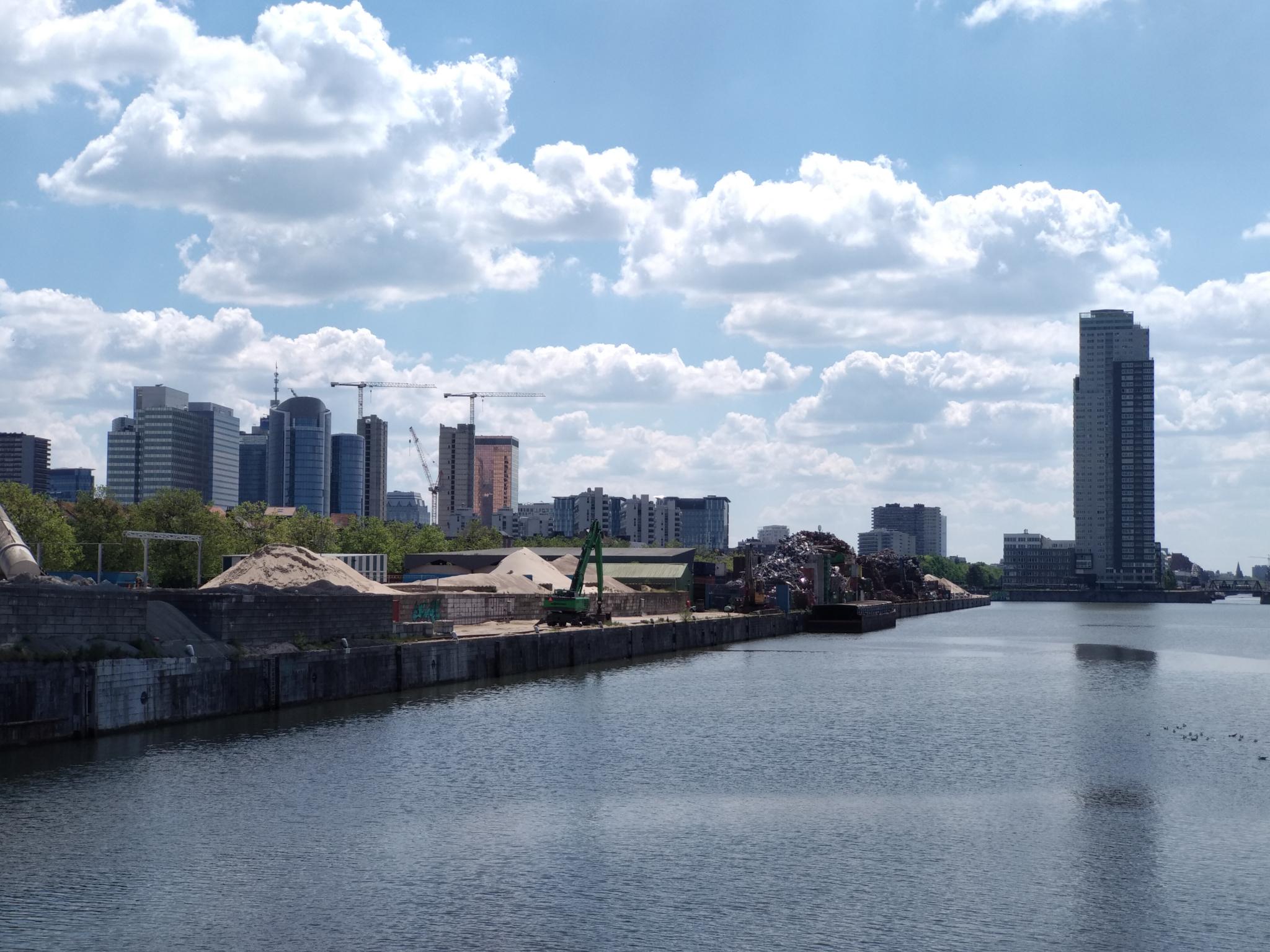
The recent regeneration plans aiming to alter the stigmatized character of the waterfront (Canal Plan 2014) seem to further intensify territorial, environmental, social and political tensions between the two entities on the port-city threshold. In order to get a better understanding of these tensions, I focused on the relational system between the lower and the upper city and the political decisions that derive from their dichotomy. To identify the spatial implications, developing a timeline of both the medieval and postwar history of Brussels during the MOOC was particularly useful. (fig. 1)
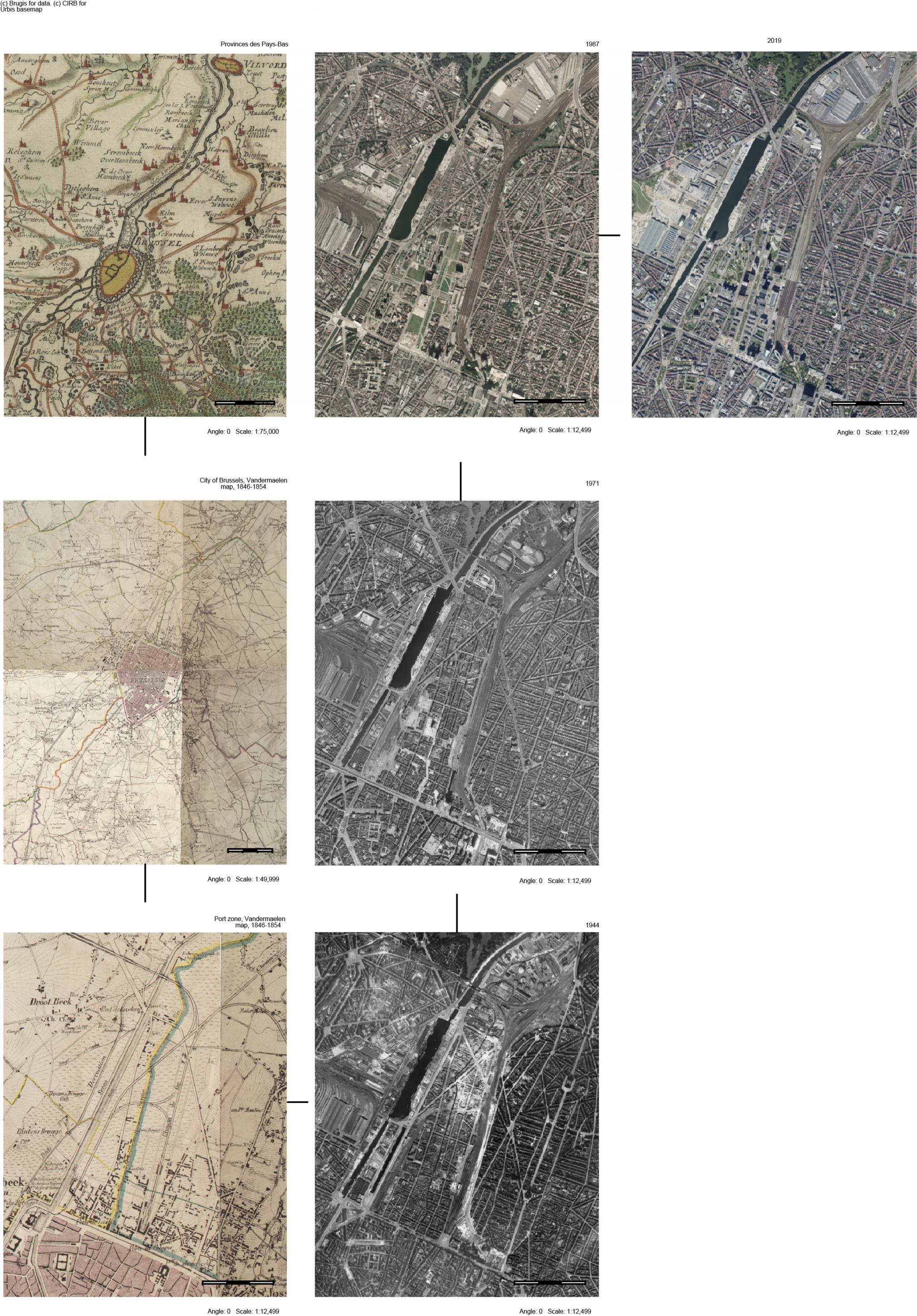
Water transport has long played an important role for Brussels. In the 6th Century, a fortified castle was built on the shores of the Senne river and a small rural settlement called Bruocsella developed around it on an important crossroads. Two prominent trade routes crossed paths in the valley along the waterways, bringing in large numbers of merchants to the area. By the 12th century, the settlement had become a market surrounded by defensive walls, towers, and fortified gateways while the town extended upwards where there was a smaller risk of flood. The construction of the two canals (the Willebroek and Brussels-Charleroi canals in 1561 and 1832) connected the port of Brussels with the North Sea and the rest of Europe facilitating the development of commercial activities. As domestic and international trade began to flourish, immigrants from all over Europe came to benefit from Brussels’ booming industries.
The dominant imagery of Brussels as the Capital of Europe – initiated in the middle of the 20th century with the establishment of The European Economic Community Commission (former European Union) and the North Atlantic Treaty Organization (NATO) in 1958 and 1967 - overshadowed the city’s long industrial and working-class history. Between 1960 and the beginning of the 2000s, Brussels lost nearly 120,000 industrial jobs. This rapid and massive deindustrialization particularly affected the city in the districts located on the axis of the canal. The new subway system for Brussels, developed in the context of the city’s transformation for hosting the European and business districts, showed the new focus of the urban development of that period. Instead of a north-south subway line, which had been suggested to link the city center to the main industrial and working-class neighborhoods, an east-west axis, connecting the central city to the European quarter and the well-to do residential areas in the southeast of the capital, was built (Hein, 2004).
The contrast between a city “rich” in terms of production of economic values, but relatively “poor” (on a European scale) in terms of the average standard of living of its inhabitants, underlined the necessity to pursue an investment that makes living in the city appealing once again (Van Criekingen, 2021). The low-lying working class and migrant areas near the port came into global focus in the aftermath of the 2015 terrorist attacks. The national and international press presented the working-class districts of the center of Brussels as a "den of terrorists" or, very often, as fragments of an urban desert punctuated only by fallow sites, poorly used land and buildings waiting for better days.
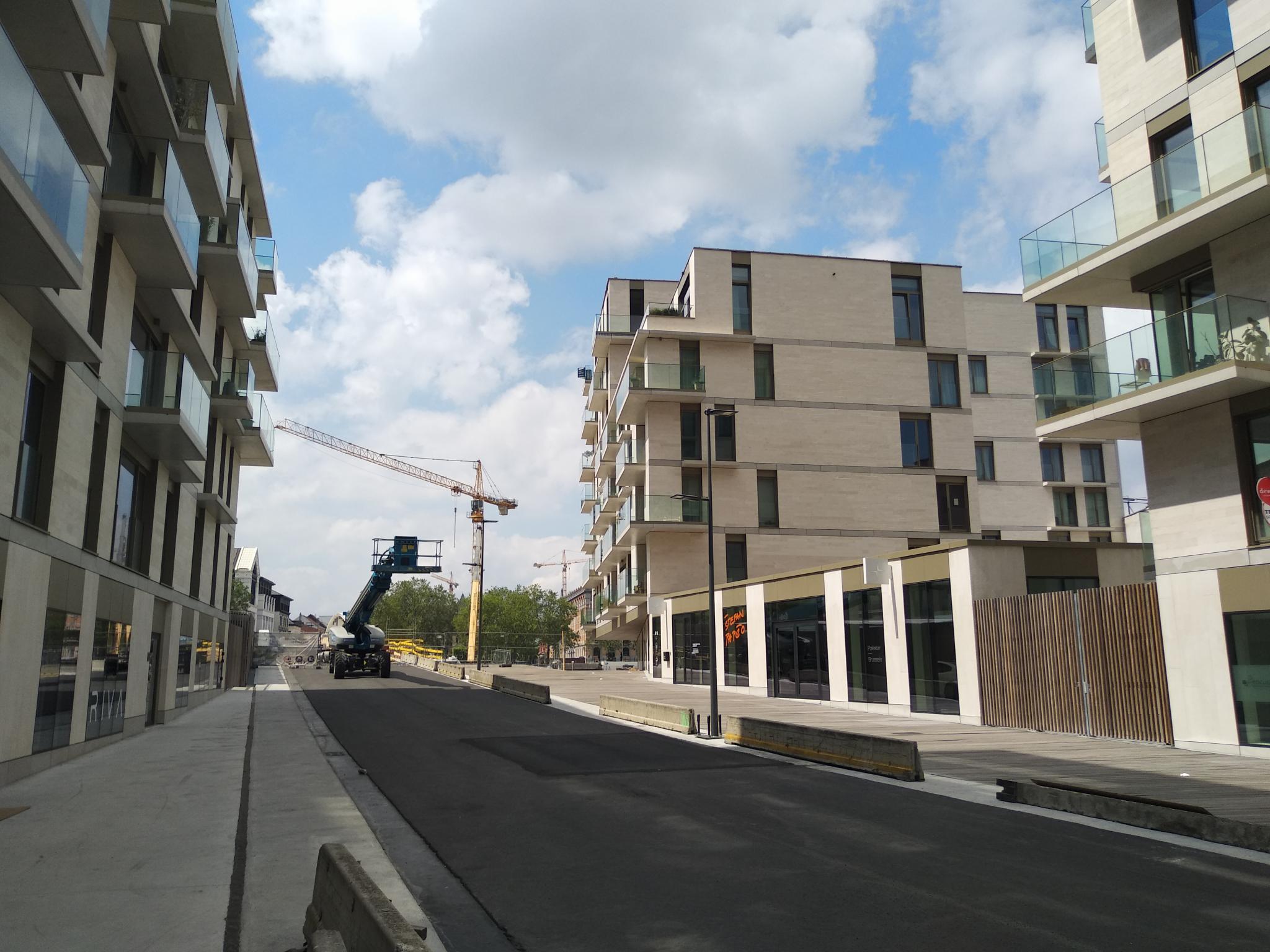
At the same time, in 2014-2015 the first waterfront regeneration plans were announced. The redevelopment of public spaces, the construction or rehabilitation of housing, the conversions of old industrial buildings into shopping malls, art centers or start-up incubators aiming to alter the particular character of the zone seemed to offer a litany of future benefits for the city as a whole. If this zone is “reborn”, everyone within it is supposed to benefit, in terms of improved housing conditions, revitalized economy, and a preserved environment. However, these plans did not reflect the premises, as they approached the trajectories and living conditions of the people immediately concerned with indifference. The local inhabitants and daily users of the port-city threshold are faced with gentrification raising the question once more: Who is designing contemporary cities and for whom?
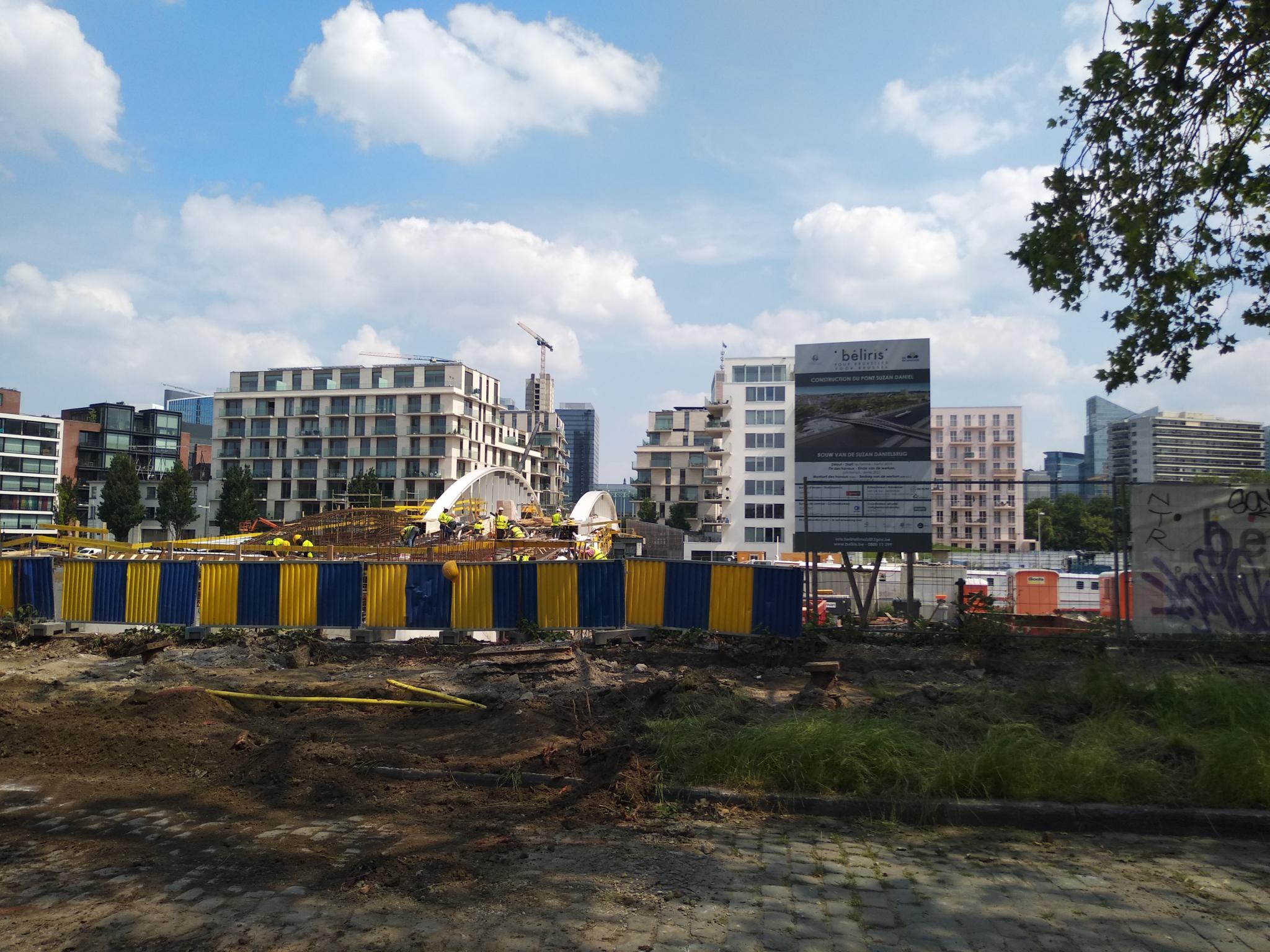
The districts along the waterway continue to serve as a place for the concentration and distribution of materials and labor, crucial for the development of the city. They are also the most densely populated areas of Brussels with more than 220,000 people having their home there and thousands of others frequenting it daily. The logistic activities of the port are an essential part of the urban life and the canal is a distinctive part of the multimodal transportation of resources. Both reinforce the national and local economy and offer more than 12.000 direct and indirect employment opportunities.
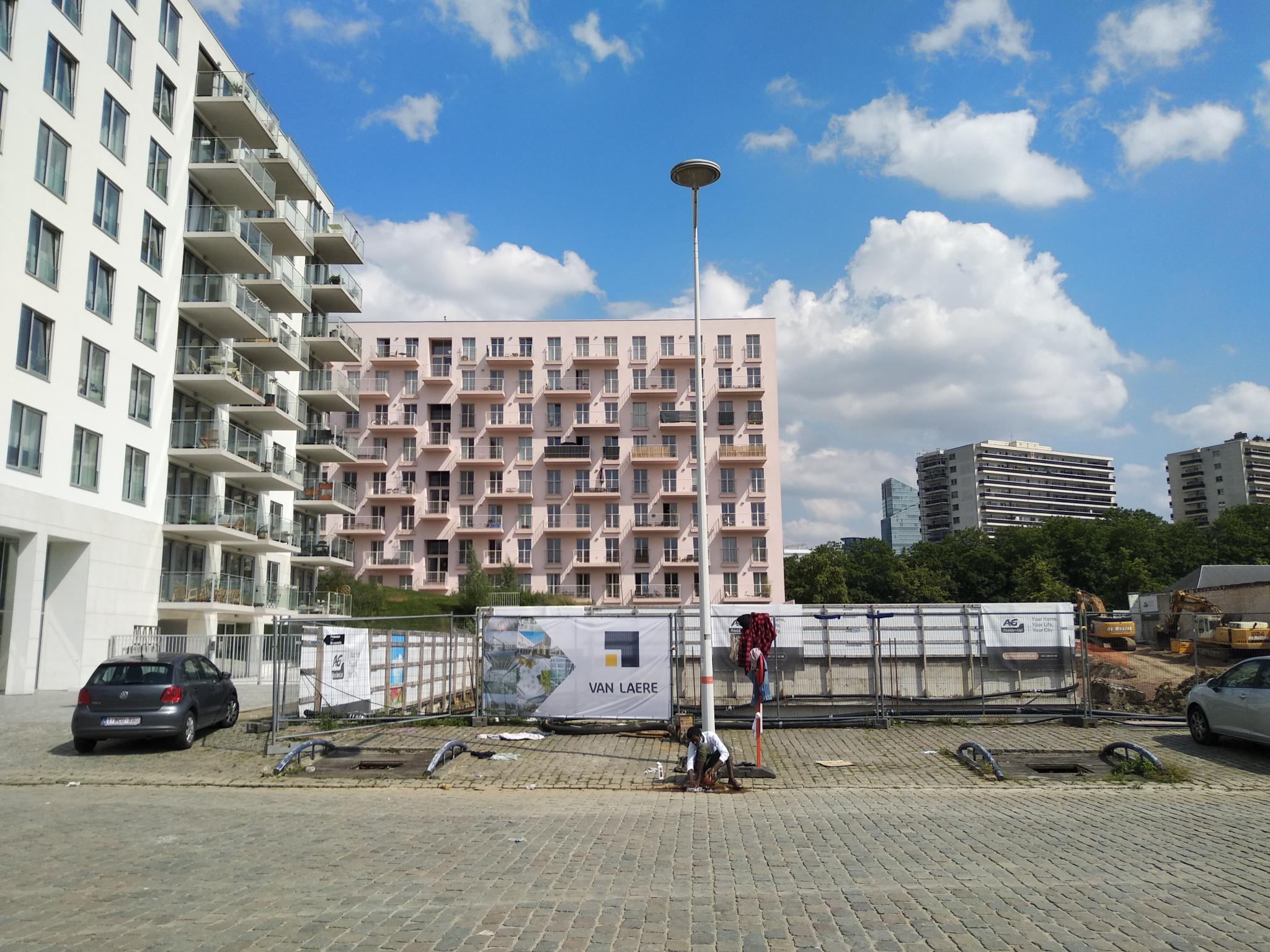
In the first decades of the new century, it is therefore not a question of separating the interests of the city from the interests of the port, as if they would represent mutually exclusive decision-making processes. In order to overcome past design situations and respond to the specific global phenomena that are pushing the two half-city entities farther apart, it is essential to enact the intrinsic value of their hybrid in future plans. The biggest challenge for government officials and planners is to re-imagine the port-city port threshold as the crossroads of diversification, where collective decision-making could take place.
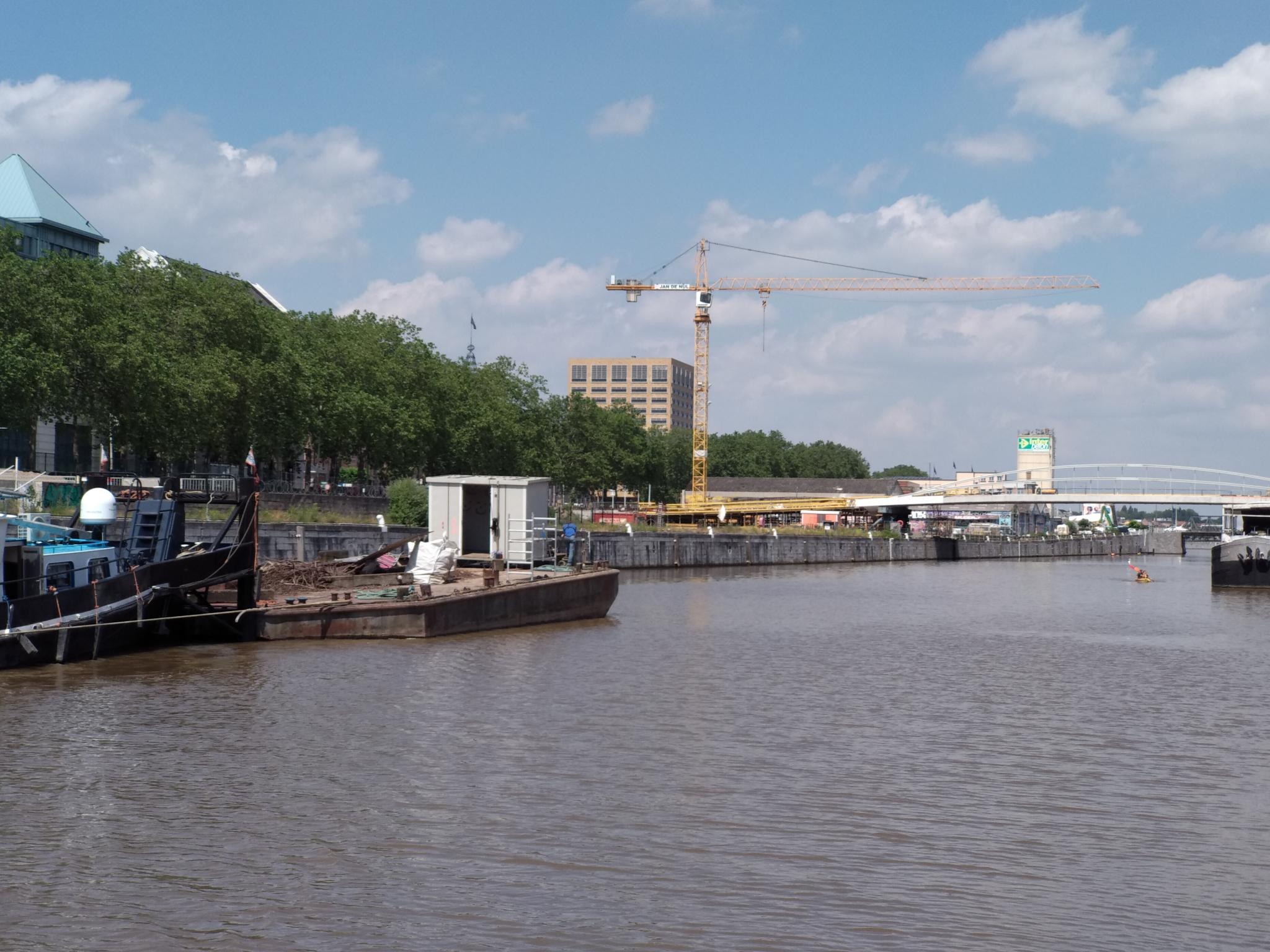
Acknowledgement
The free online course (Re)Imagining Port Cities: Understanding Space, Society and Culture, runs on the EdX platform. A second, self-paced course will run from September 13, 2021, onwards. The blog was reviewed and edited by Carola Hein and Hilde Sennema.
References
“Canal Plan” (2014), https://canal.brussels/en/canal-plan
Conseil Nocturne. (2019). Habiter contre la metropole. Editions divergences.
Van Criekingen M. (2021). Contre la gentrification. La dispute.
Deboosere P. Eggerickx T. Van Hecke E. Wayens B. (2009). The population of Brussels: a demographic overview. [Online] Brussels Studies. Available at: http://journals.openedition.org/brussels/891 [Accessed 12 Jan. 2009].
Hein C. (2004). The Capital of Europe: Architecture and Urban Planning for the European Union (Perspectives on the Twentieth Century). Praeger.
Mazy K. (2017). Rethinking the ties between Brussels and its port: a development issue for the canal area. [Online] Brussels Studies. Available at: http://journals.openedition.org/brussels/1514 [Accessed 24 Apr.2017].
Moretti B. (2020). Beyond the Port City. Jovis Verlag GmbH.
Strale M. (2017). The role of port and logistics activities in Brussels. [Online] Brussels Studies. Available at: http:// journals.openedition.org/brussels/1503 [Accessed 20 Mar. 2017].
